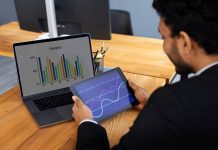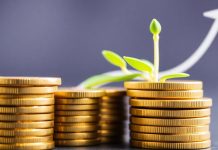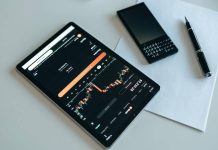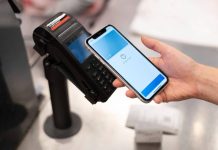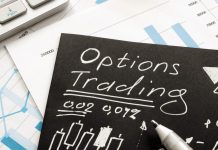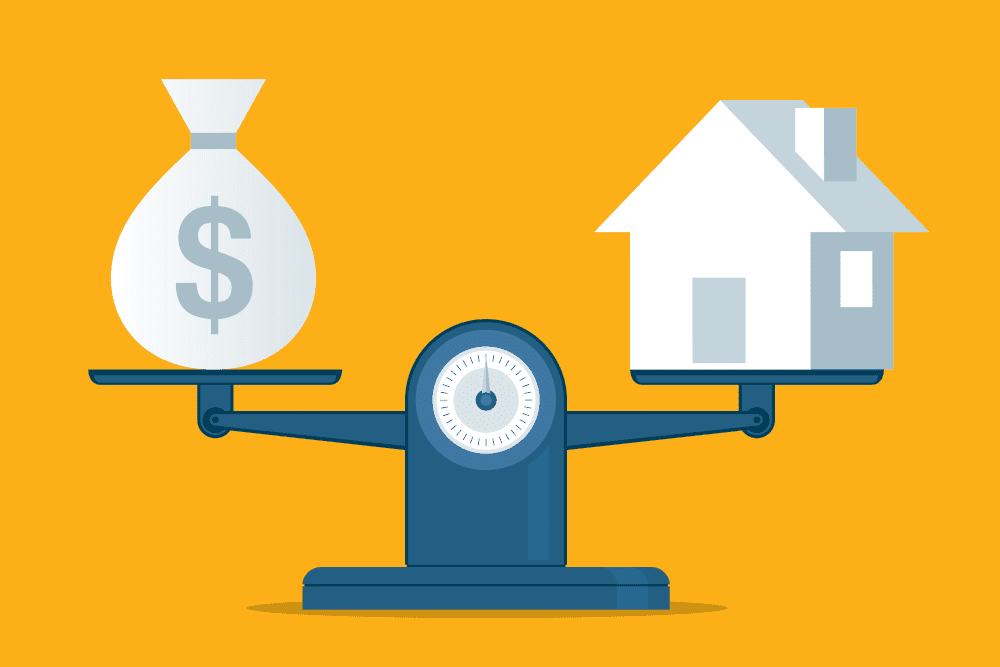The retail environment of the day is characterized by high competition, and enterprises are experiencing constant pressure to increase profitability without impairing the general experience of customers. In order to fulfill these needs, retailers are adopting innovative technologies through which operations are made efficient and value to the consumers is enhanced.
One of the solutions that is on the rise in popularity is phone buyback machines. Such self-service kiosks help customers to trade in their old smartphones for instant cash or store credit, thus making the process time-saving, convenient and rewarding.
More importantly, they are changing how retailers interact with their customers and handle their stores’ inventory. By deploying these machines into physical places, retailers are driving foot traffic, tapping into new revenue streams, and ultimately enhancing their return on investment (ROI).
This article looks at the main ways through which phone buyback machines are supporting retailers to achieve measurable business growth.
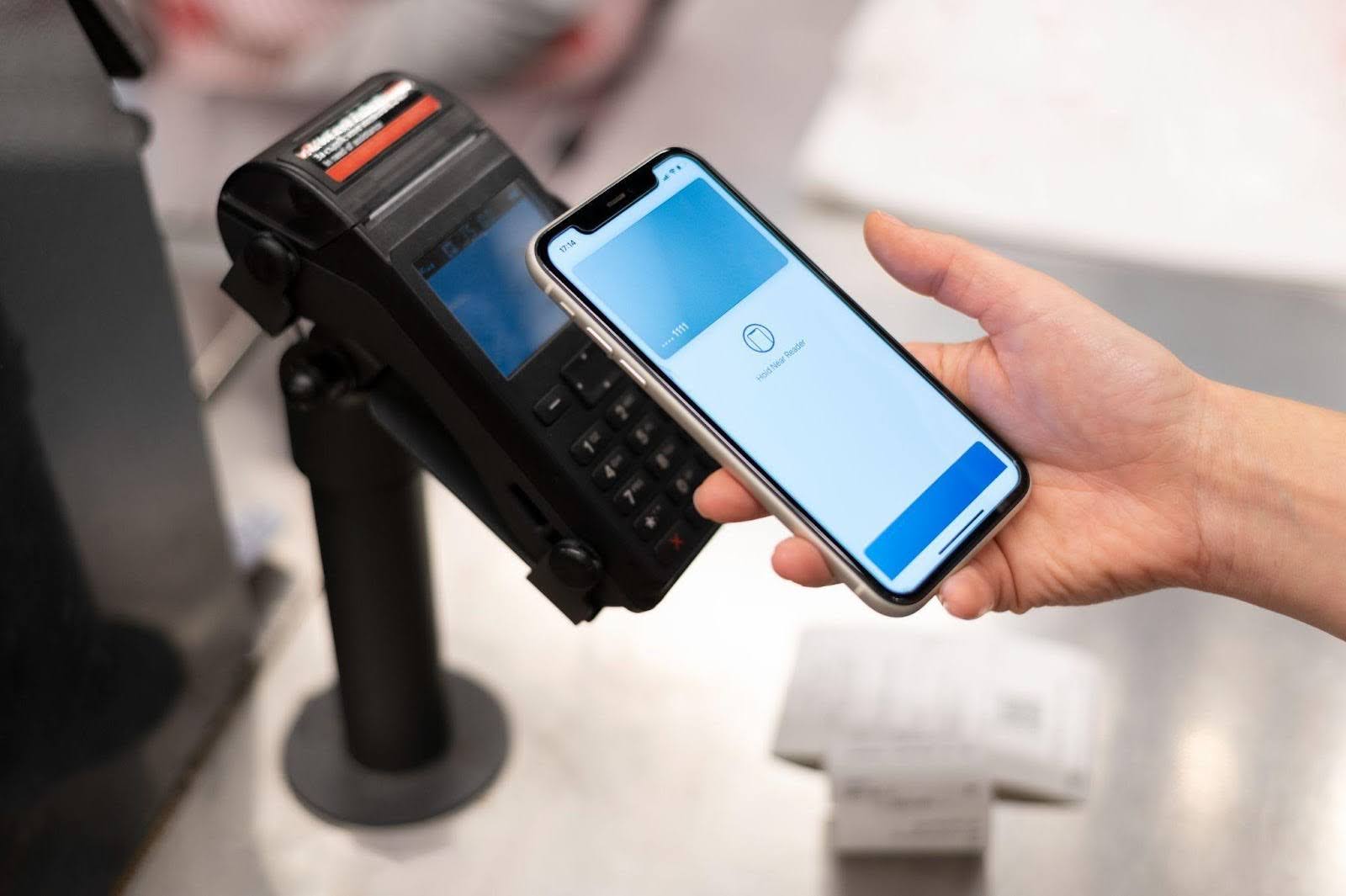
1. Customer Experience Enhancement
The buyback machines, in turn, streamline the customer experience in a number of ways. For one, the machines are user-friendly.
Now, the customer doesn’t have to stand in line or worry about the time-consuming process of selling or trading on their phone. The machines are self-service, which minimizes the transaction, minimizes the friction, and reduces it to the smallest it can be.
Therefore, the phone buy back machine provides customers with real-time feedback about the prices of the device so they can make decisions without relying on the assistance of employees. It makes for a better shopping experience because people feel like they have the freedom to choose.
As a result, they are more likely to return to the retailer, ensuring customer loyalty and repeat purchases.
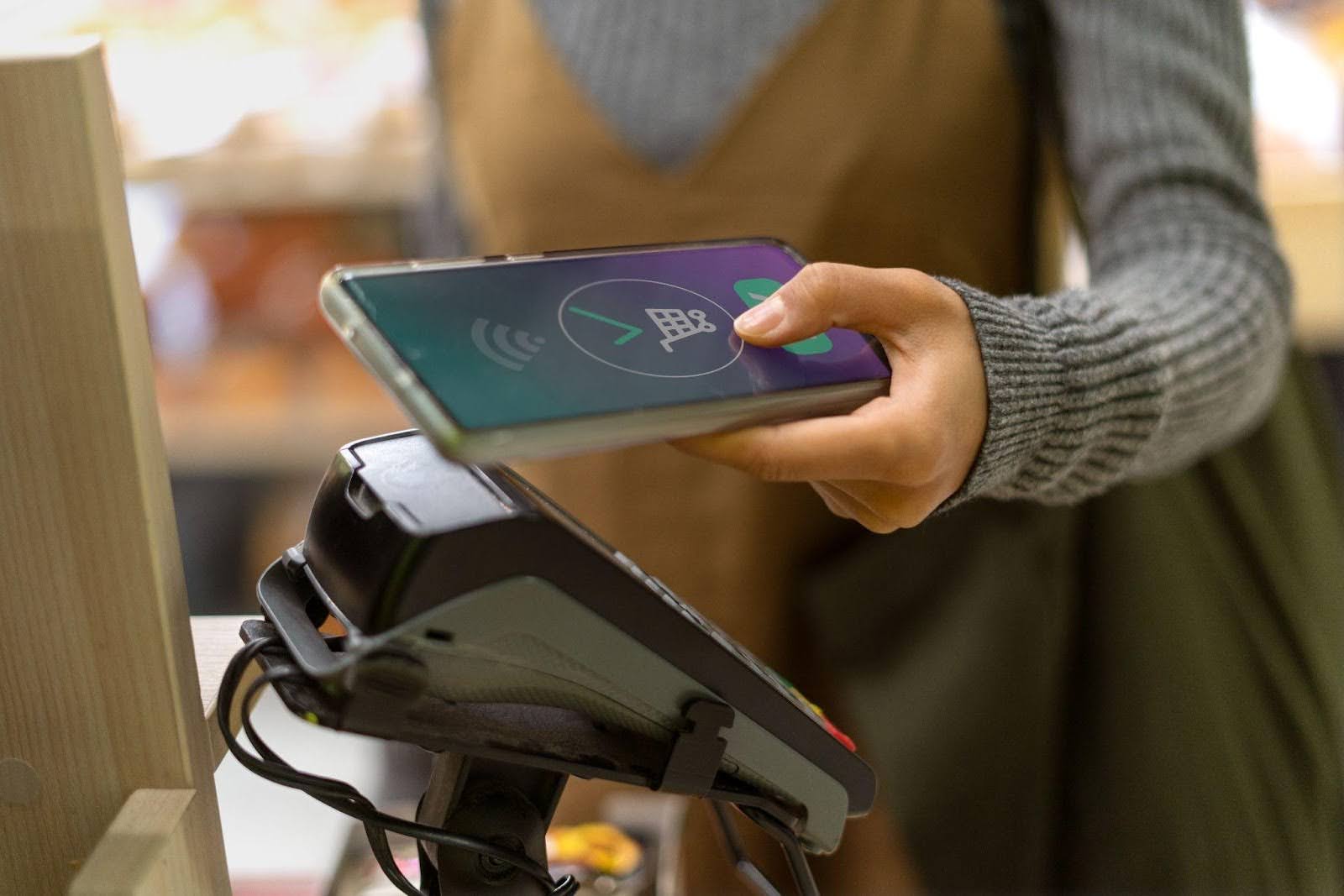
2. Drive Foot Traffic and Store Visits
Another major benefit of housing the buyback machines in a store is creating foot traffic. The machines bring in people who would not usually pause to shop for a phone. When shoppers choose to trade up their devices, they also start browsing what else the store or website offers, either to buy a new model or for new accessories.
The retailers using the technology indeed report higher foot traffic, which means more customer interaction and opportunities to up-sell and cross-sell other items.
3. Improved Inventory Management
The buyback machines also aid the retailers in stock management.
They are not the result of second-hand phones or stocks, but are collected through the Deposit Return System (DRS) machines, which automatically sort and store the items. That puts the company in a good position for a steady supply of second-hand phones that it can sell for higher margins or recycle.
With real-time information on the number of trade-ins coming through and the value of devices being traded in, retailers can more accurately predict demand and adjust stock accordingly. The companies could otherwise use that information to reconcile stock levels on compatible accessories, or even (in an ideal world) match models to maximise sales potential.
4. Profit Margin Maximisation
Businesses that have cell phone buyback machines in their operations can considerably improve their bottom line. By instant trade-in, companies can purchase older phones at a discount to new stock. The phones are refurbished, sold, or recycled to generate a second income stream.
Additionally, the consumers who trade in their devices are encouraged to spend more at the stores, whether on a replacement device or associated accessories. By getting the devices in the stores for store credit, the stores induce consumers to spend more than they would in other circumstances. With the boosted foot traffic, second-hand inventory purchases, and higher dollar values, the stores benefit directly from enhanced margins.
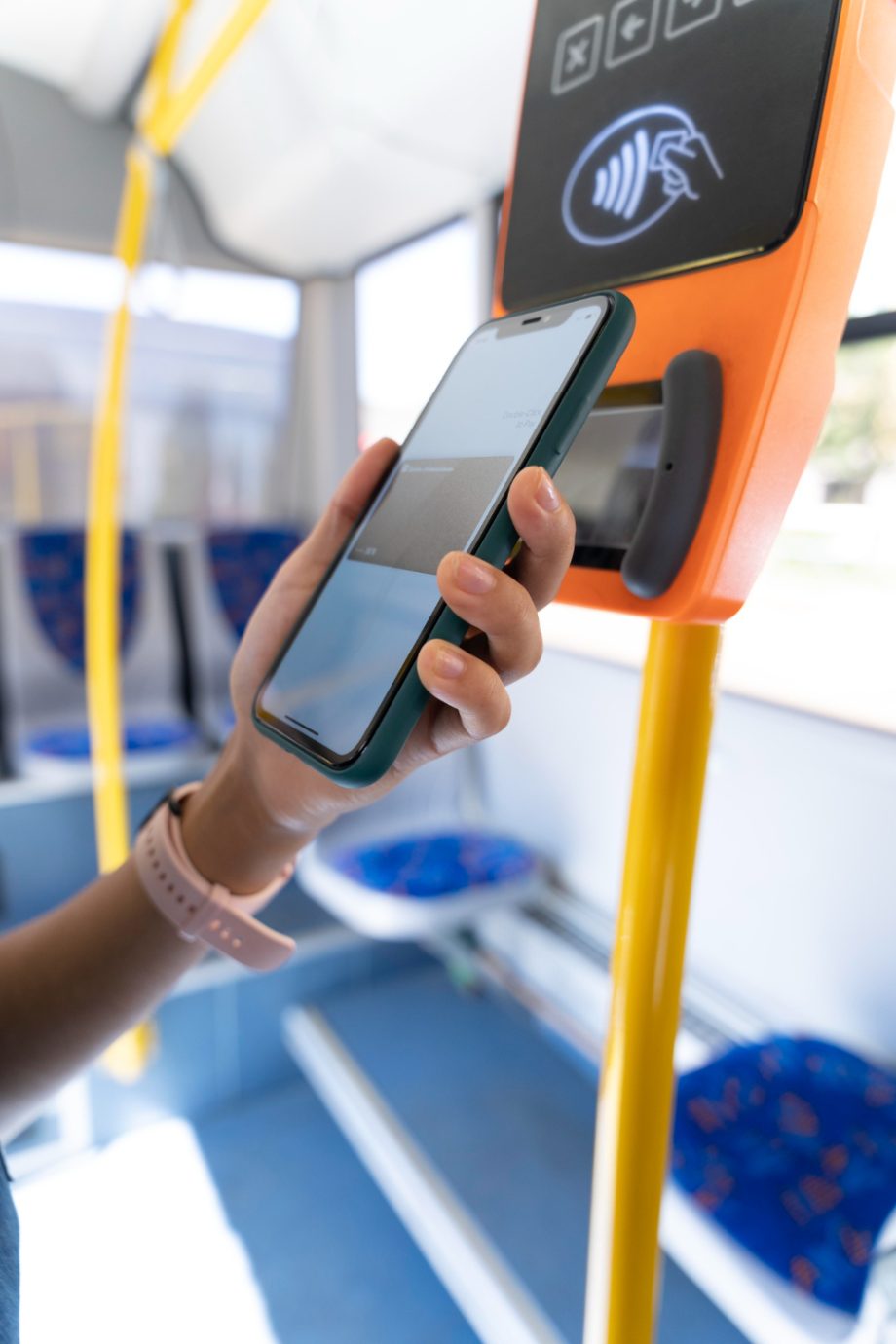
5. Facilitating Smarter Business Decisions with Information Analysis
Cell phone trade-in devices provide retailers valuable data to make smarter business decisions. The machines harvest data on the phones being traded, their condition, and the make of phone that is in demand.
The data can then be mined for trends about which phones are the most in-demand or which ones are the most likely to be traded in.
Once they know these things, businesses can reconfigure promotions, advertisements and in some cases, products.
For instance, if a shop sees that a particular mobile phone model is being consistently traded in, the shop may sell its accessories at a discount to attract more people looking to trade up to it. Enlightenment gives retail companies a lead over their competition and contributes positively to their return on investment.
6. Reducing Operational Expenses
By implementing buyback machines, the stores are also lowering their operational costs. So-called traditional buyback solutions require much labour to evaluate the value of the devices, process the transaction, and pay the customer. These are done through a self-service machine, thus minimizing the staff requirement. Not only is time saved, but the costs associated with labour are minimized.
Also, automating the buyback function minimizes the chances of human error, so the transaction is performed efficiently and correctly. Streamlining the process gives business outlets a more effective resource allocation, enabling them to concentrate on other aspects of their retail strategy that are influential to business growth.
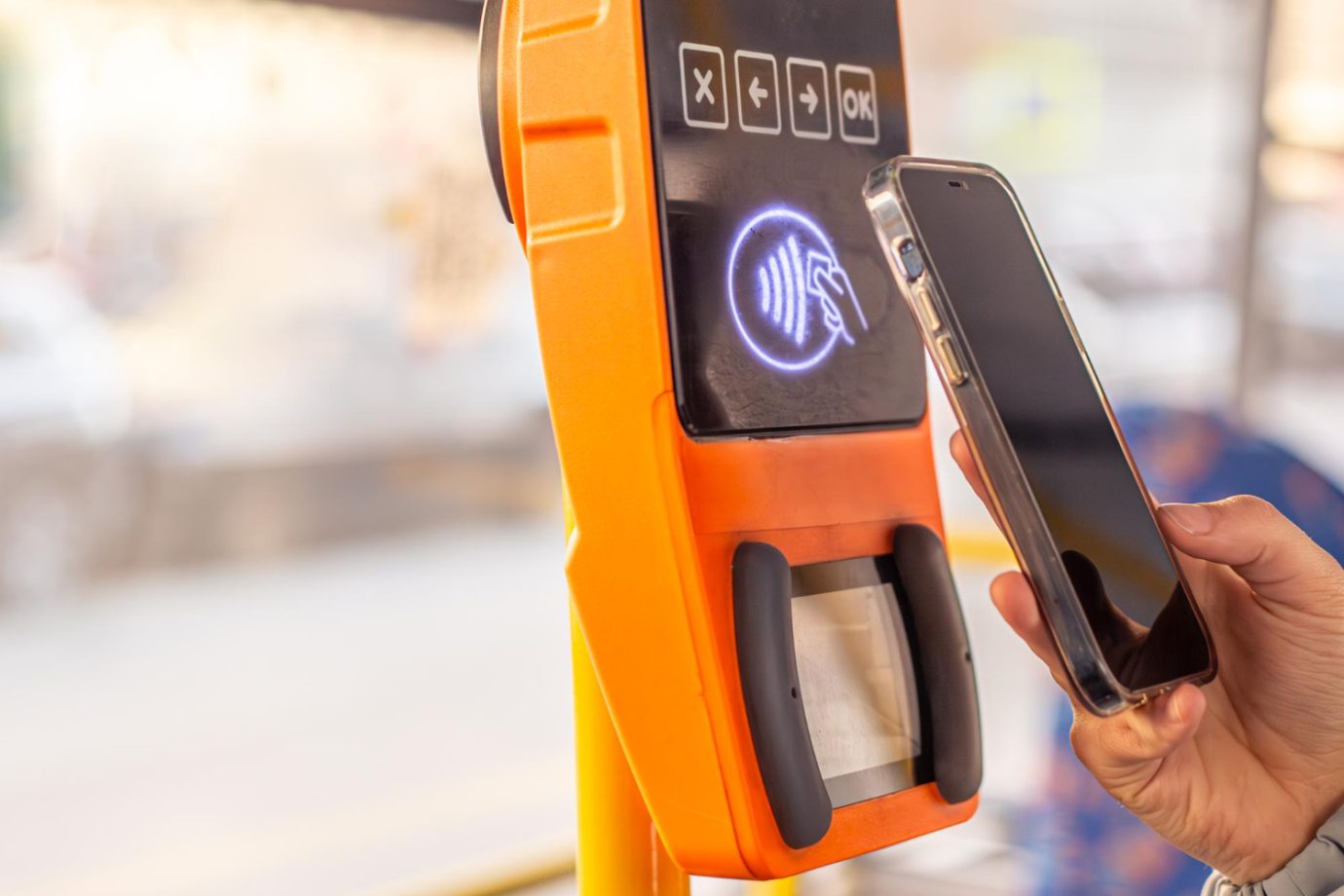
Wrapping Up
All in all, buybacks are a good deal for businesses in the market for the maximum possible ROI.
From better customer service to more foot traffic, increased revenue and reduced operating expenses, the machines have numerous benefits. By integrating sales with buyback phones into their business model, companies will expand revenues, improve efficiency, and ultimately drive long-term growth.
And as technology continues to drive forward, the promise of disrupting retail is huge, but the promise for businesses to make a killing is even greater.
HedgeThink.com is the fund industry’s leading news, research and analysis source for individual and institutional accredited investors and professionals




